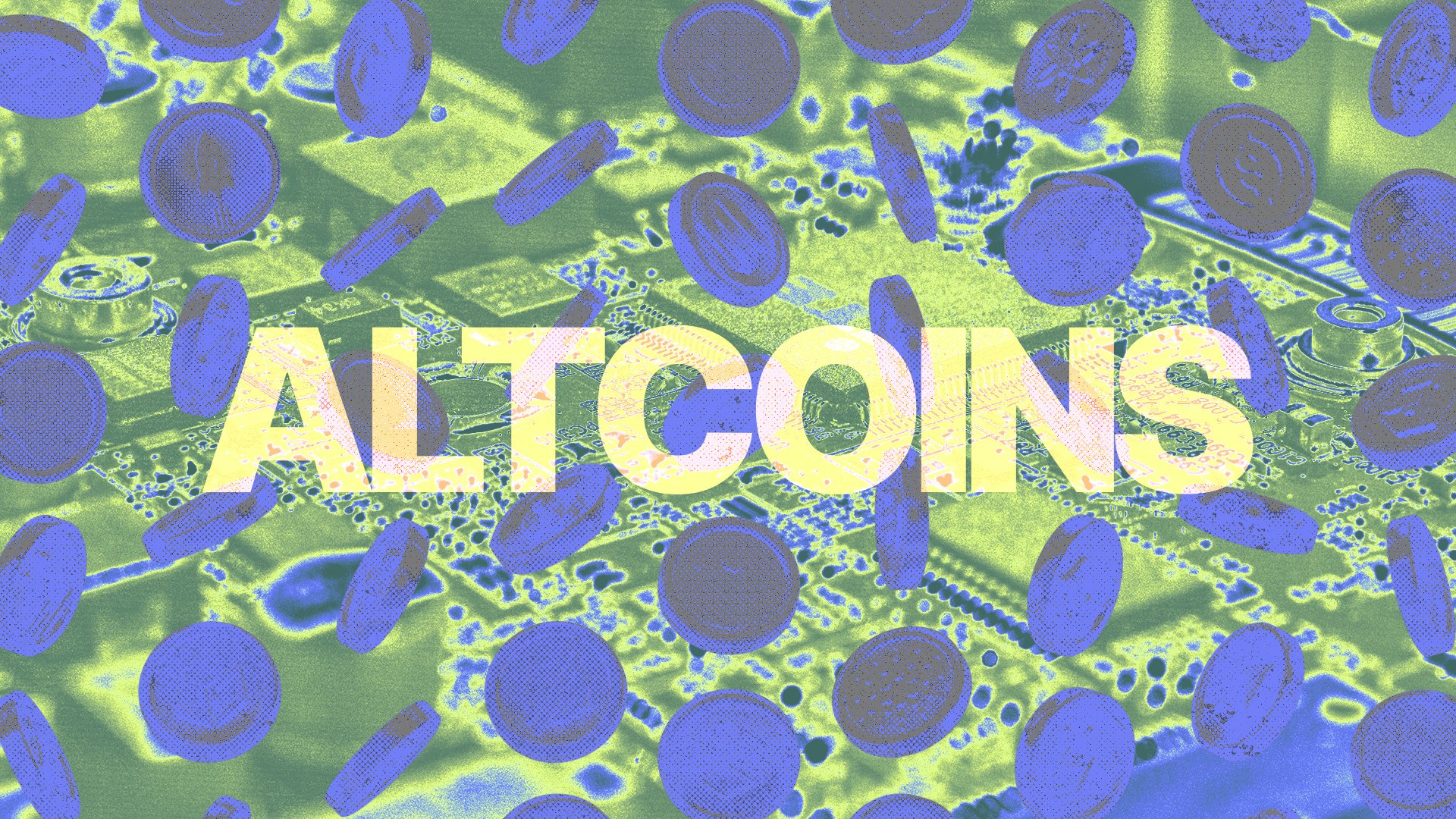Claim your free €20 Bitcoin bonus now! Just verify your ID. Weekly payouts every Friday! Don't invest unless you're prepared to lose all the money you invest. Take 2 mins to learn more.
Digital Asset Custody: Why Banks Are Racing to Catch Up
After dismissing crypto assets for a long time, banks seem to be in quite the hurry to use blockchain tech. But why?
In this article...
- Bitcoin sprung to life as an alternative to modern banking and monetary systems
- Banks and big financial institutions were fast to dismiss crypto
- Now many banks are adopting crypto assets and blockchain. But why?

For decades, banks have controlled access to the financial system, on their own terms. The list of gripes by the disillusioned is long. For example, banks have been known to “debank” people they have political differences with, or debank people simply for owning crypto.
There are other complaints, claiming that traditional finance has often been built around systems that favour institutions over individuals. Even in the age of mobile banking and payment apps, unfair practices like hidden charges, and restrictive account requirements (like not having a permanent address) have left millions under-served or locked out entirely.
It was against this backdrop that cryptocurrency emerged. Bitcoin’s whitepaper outlined a vision for peer-to-peer money that didn’t require trust in banks or governments. Crypto offered a radical alternative: an open, borderless, and inclusive system where people could transact directly, control their own assets, and participate regardless of geography or social status.
For years, traditional institutions dismissed crypto as a niche experiment. But as adoption has grown, the balance of power has begun to shift. The possibility that people might one day transact, save, and invest entirely outside of banks has become real. Faced with this existential threat, banks are increasingly adapting.
The Custody Race
Today, some of the world’s largest financial institutions are building digital asset custody platforms. Custody is the foundation of their strategy: by holding clients’ crypto on their behalf, banks aim to reinsert themselves into the value chain of digital finance.
But this move isn’t just about safekeeping. It allows banks to layer on lending, trading, and tokenised securities, offering products that keep investors tethered to institutional infrastructure. Custody is a key control point for institutions, while self-custody keeps your ‘exit’ door open.
In effect, the same institutions that crypto was designed to bypass are attempting to buy into the system to maintain their influence.
What It Means for Users
For everyday investors, institutional custody brings both reassurance and risk. On one hand, the entry of major banks signals that digital assets are here to stay. It offers convenience and the promise of institutional-grade security for those who don’t want to manage private keys themselves.
On the other hand, it revives the very dynamics that crypto set out to escape. Handing control of digital assets back to banks risks recreating the same asymmetries: intermediaries deciding who can participate, under what terms, and at what cost.
The vision of a peer-to-peer financial network could become just another set of products bundled by the same institutions people sought to move beyond.
A System in Transition
The internet reshaped commerce by disintermediating entire industries, cutting out middlemen who once seemed indispensable. Crypto’s ambition is to do the same for finance. Banks, acutely aware of this, are now racing to secure their place in the digital asset economy.
Whether their efforts succeed depends on users. The choice is between convenience under institutional custody or sovereignty through self-custody. And as banks rush to buy into the system they once resisted, the question remains: will crypto continue its path as an alternative to banks, or will banks manage to fold it back into their orbit?
Why Custody Matters
At its core, crypto custody is about securely holding digital assets on behalf of clients. By offering custody services, banks can bridge the gap between the old financial world and the new, giving large investors the confidence and infrastructure they need to allocate capital to crypto.
Big institutions are either piloting or already offering digital asset or tokenised security custody. Why the sudden rush?
It’s not just about fees from holding crypto; custody services open the door to lending, trading, tokenised securities, and settlement layers. In other words, custody is the foundation for banks to build the next generation of financial products.
What It Means for Users
For retail investors, the arrival of bank-grade custody can feel like validation: crypto is no longer “shadow money” but part of the mainstream financial system. It also gives newcomers peace of mind, knowing that if they don’t want to manage their own keys, trusted institutions will do it for them.
But there’s a trade-off. The crypto ethos has always been about cutting out the middleman, putting users in control of their own assets. Handing your coins over to a bank is convenient, but it also recreates the same system crypto was designed to disrupt.
A Historical Parallel
The internet transformed commerce by removing intermediaries. No more travel agents for booking flights, no more music stores for buying albums, no more bank tellers for paying bills. Crypto aims to do the same for finance.
Banks understand this, which is why they’re scrambling to redefine their role. If they don’t, the risk is clear: just as the internet sidelined many brick-and-mortar businesses, crypto could make traditional financial middlemen obsolete.
The Road Ahead
Real-world assets (like funds and bonds) will increasingly run on crypto tech. We’ll probably end up with a mixed outcome. Some people hold their own coins, while others might use bank-style custody products.
We’re at a turning point. For users, the choice will soon be between the convenience of institutional custody and the empowerment of self-custody. For banks, the challenge is to stay relevant in a financial system that may not need them in the same way it once did.
What crypto is to finance is what the internet was to commerce. It is a revolution that removes the middle layer. And right now, the institutions that once resisted change are racing not to be left behind by it.

Suggested Articles

ASI Merger: What is Happening With Fetch.ai (FET)?
Three AI companies have merged, but what does it mean for you?Read more
What is an Altcoin? What are Altcoins for?
The term altcoin is derived from two words: “alternative” and “coin.” It refers to any cryptocurrency other than Bitcoin. Read more
Bitcoin Mining Scam: What to Look Out For
The Bitcoin Mining Scam is a new online threat coming at us. Our compliance expert explains another sophisticated scam to look out for.Read moreBrowse by topic
Please remember past performance is not a reliable indicator of future results. Don't invest unless you're prepared to lose all the money you invest.
Due to the nature, complexity and volatility of crypto, it may be perceived to be a high-risk investment. There are no government or central bank guarantees in the event something goes wrong with your investment.
CoinJar Europe Limited (CRO 720832) is registered and supervised by the Central Bank of Ireland (Registration number C496731) for Anti-Money Laundering and Countering the Financing of Terrorism purposes only.
Your information is handled in accordance with CoinJar’s Privacy Policy.
CoinJar Europe Limited (CRO 720832) is registered and supervised by the Central Bank of Ireland (Registration number C496731) for Anti-Money Laundering and Countering the Financing of Terrorism purposes only.
Apple Pay and Apple Watch are trademarks of Apple Inc. Google Pay is a trademark of Google LLC.
This site is protected by reCAPTCHA and the Google Privacy Policy and Terms of Service apply.

